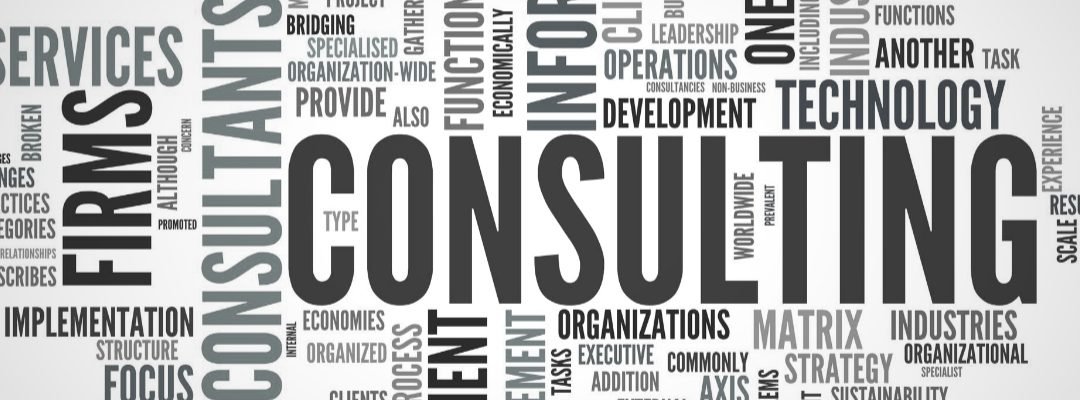There is a fascination with the “hockey-stick” notion of being innovative and implementing change in business. However, the economic notion of the “J curve” is more the reality and never more so than when implementing a benefit program for staff.
The Hockey-Stick Fallacy: Expectations vs. Reality
With the hockey stick notion of implementing something new to our business, the expectation on the axis points is I will never dip below “par” and unfortunately when the inevitable happens and there is a dip, many organizations abandon ship and consider the innovation and/or change a failure.
Change Perspective: Embracing the Investment
Consider the initial excitement in the potential implementation of change in the organization. Whether this be structure, process, innovation, direction, benefits etc., consider how the idea will be received, who will be impacted, who will need to be involved, the cost of the change and the positive expectation to company operations will be aligned to make the change a reality.
This is not a “hockey stick” endeavour. This is an investment, which means, money, time, and effort will be expended BEFORE the return. There is a dip below par.
The goal is to make the curve of the dip as short and shallow as possible to allow for a positive return and this the identification of time.
The more time spent in the “excitement” phase understanding and planning how the organization will cope with the “J” the better the opportunity to continue engagement in the project and make the dip shallow for the positive results.
Improvement from the starting point
There is no straight line to success. Sustainable change means understanding where the dips will be and for how long before improvement leaps above the par line and a business can reap the rewards of the return on their investment.
Unrealistic expectations of benefits
When benefits are placed as a “one-and-done” or “one-size fits all” mode, usually there no getting to ROI because the measurement is always in the dip—the cost of offering the benefit plan. Strategy in plan design, the people to be served, and the end-result expectation need to be considered PRIOR to placing or re-placing a plan.
This is where an alignment to compensation, culture, productivity and safety makes all the difference to achieving the ROI because the data points are known ahead of time, tracked and then measured as the plan matures and has the time to accomplish what it was intended to accomplish for the organization as a whole.
Feedback and constant vigilance to tweaking and ensure the plan uniquely “fits” within the organization is necessary to the overall success of benefits.
Surprised?
To avoid the “valley of despair”—the bottom of the curve—the place where the excitement of placing a benefit plan for the employees has resulted in negative result, requires setting realistic expectations from the beginning and identifying the ultimate goal of what the organization expects the benefits to achieve. This could be the attraction tool for potential talent, or the retention tool for keeping talent for the long term, or something in between.
To not understand the “J” curve and how it impacts, not just the implementation of benefits, but also other innovation and change within the business, may result in more failures than successes.
The benefit perspective
Benefits are an investment and should be considered as such. We aim to ensure strategy in benefits create consistent wins for our clients.
We’d be pleased to engage in a meaningful conversation on this and other benefit topics. Give us a call.
Note: this was written without the aid of Artificial Intelligence (AI)a
Disclaimer: Please note that the information provided, while authoritative, is not guaranteed for accuracy and legality. The site is read by a world-wide audience and employment, taxation, legal vary accordingly. Please seek legal, accounting and human resources counsel from qualified professionals to make certain your legal/accounting/compliance interpretation and decisions are correct for your location. This information is for guidance, ideas, and assistance.




